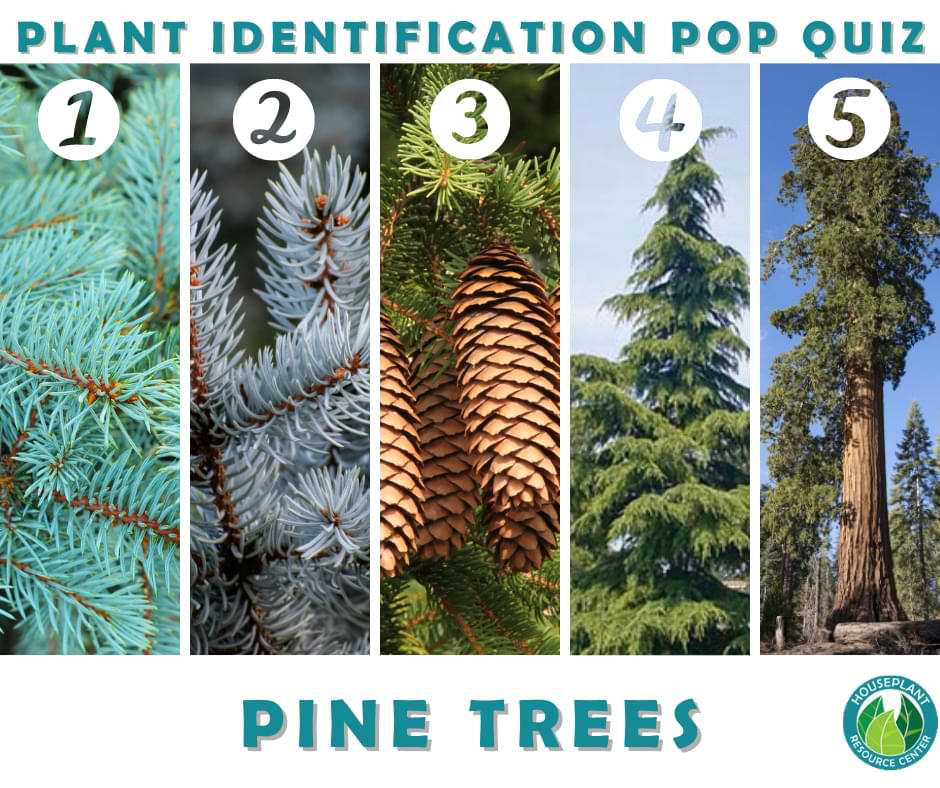The 2020 Rockefeller Christmas tree is a 75-foot-tall, 11-ton Norway spruce. The tree from Oneonta, New York, made its 175-mile trek to New York City for the entire world to see, adorned with crystals, ornaments, and lights. Not all pine trees are destined for greatness, but I’m sure your backyard treasure brings you the joy and happiness of the holidays all year round.
You’re not the only one who thinks pine trees are special. Pine trees have been a touchpoint for many cultures for hundreds of years, representing fertility, wisdom, longevity, and peace. Here are some of our favorites with their distinguishing features to help you identify pine tree varieties.
Table of Contents
Colorado Spruce
With its silvery blue-green hues, this picturesque tree can grow to a height of 50-75 feet. The Colorado spruce is another winner for Christmas trees but surprisingly has never made it to the status as the National Christmas tree in Washington, D.C., or the Rockefeller tree. This handsome tree loves the direct sun and grows in a multitude of soils. And let’s not forget its intoxicating smell, which pine lovers will tell you is the strongest in the pine family.
Blue Spruce
The blue spruce has many different names, the Colorado blue spruce, white spruce, parry spruce, and water spruce. It has the distinction of being the state tree of Colorado and Utah and can reach up to 60 feet tall. These poky trees tend not to shed their needles and keep them for 10 years or more.
Norway (or European) Spruce
The Norway spruce is a grand tree with traditional green needles. It has been lucky enough to be the Rockefeller Christmas tree since 1984 with no sign of replacement. The Norway spruce has quite a wide range of uses. It can be made into beer and has a naturally high vitamin C content, and was once used to cure scurvy. It’s traditionally used as an elixir in Austria and consumed as a tea to cure a host of ailments.
Deodar Cedar
The Deodar is known for its weeping branches, is the national tree of Pakistan, and is worshiped as a divine tree in the Hindu religion. Deodars are in high demand for their durability and were used to build temples in Pakistan and India. It grows well in warmer climates and is the most resistant to heat and humidity.
Giant Sequoia
Massive and grand, the giant sequoia can grow up to 300 feet tall and grows in the California Sierra Nevada mountains. Unfortunately, these magnificent trees are on the IUCN red list of endangered trees. The sequoias that are left are in 75 groves in California. Conservationists point to climate change as the cause of the disappearance of these wondrous trees.
So, now you have the answers to Quiz #2. We hope you enjoyed this mini-lesson in pine trees. Please go out and enjoy these majestic trees, each with its own unique characteristics. And don’t forget to save the sequoias.
Learn more about houseplant care with these guides!




